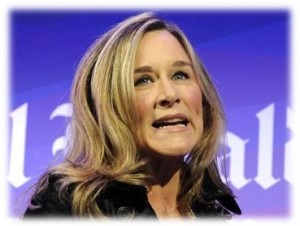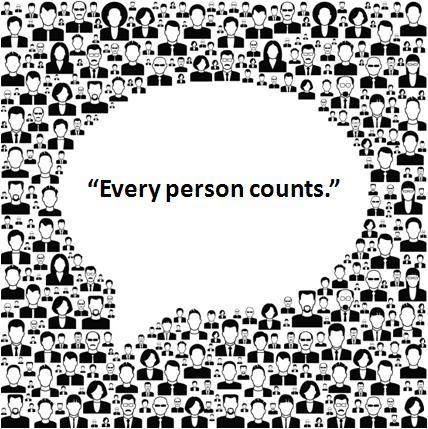When you first got into radio – whether that first job in the business was in the ‘60s or earlier this year – you’ve been indoctrinated about the value of cume – big box car numbers that represent a radio’s “circulation” or reach.
The more listeners you have, the greater chance you can convert them into P2s and eventually, P1s.
But the rapidly changing nature of technology is causing marketers to rethink that “mass philosophy.” And there’s no better example of this than Apple’s recently announced new senior VP of retail, Angela Ahrendts. Up until now, she’s been running Burberry where she served as CEO.
So she knows a thing or two about the customer experience, and how to rethink a legendary brand’s position and modernize it for a changing consumer. And her thinking isn’t about how to drag thousands of customers into a Burberry store – or now, an Apple store. It’s about focusing on the individual who has been empowered by her smartphone.
As Ahrendts points out, “The challenge is getting communities and companies to truly keep pace with every single individual because this (waving her iPhone) is enabling them.”
This notion of “every person counts” is becoming more and more pervasive in radio, too. As we have learned – sometimes the hard way – with PPM, it is often about satisfying that one person – or small handfuls of people. And as we know, this level of micro customer service and focus isn’t just about during the moments when they actually carry a meter; it’s anticipating the day when they are contacted by Nielsen Audio to carry one.
As we have discussed many times in this space, radio does a lot of things well, and continues to adapt its product and delivery systems to meet changing needs. The industry is making its content available on numerous platforms, it’s gaining a greater understanding of the mobile and social spaces, and it’s even beginning to tackle some of the key issues challenging its former supremacy in the car. Innovations like NextRadio and Listener Driven Radio are examples of broadcasters taking risks on both delivery and communications platforms.
But when it comes to serving customers – one at a time – radio is still not geared to think this way. The CX – or customer experience – is often lagging or non-existent. Response times are slow. Acknowledgment is spotty. And brands aren’t spending enough time listening to their listeners to grasp just how quickly the consumer mindset is changing.
 As Ahrendts notes, “If you want to keep the next generation and if you want them to be united, you have to see this is how they live (again, the smartphone). You have to blow up all your existing policies – everything! – and rebuild around this.”
As Ahrendts notes, “If you want to keep the next generation and if you want them to be united, you have to see this is how they live (again, the smartphone). You have to blow up all your existing policies – everything! – and rebuild around this.”
As we know too well – and this is an area where radio experts as diverse as Larry Rosin and Jerry Del Colliano agree – Millennials and Generation Z are the real challenge. It’s why we are breaking down our Techsurveys generationally – to provide an unvarnished view of changing legions of consumers.
It requires more than building apps. It takes more than streaming your station or installing FM chips in smartphones. As Ahrendts nails it, it’s a mindset issue that some brands and organizations work toward, while others miss the boat entirely. The challenge is teaching your people – on the air, in the cubicles, at the front desk – how to feel.
That’s what it’s come to for DJs, sales reps, and market managers. And it starts by taking the time to step away from the numbers – M Scores, ratings, Miller Kaplan’s, AMTs – and instead, reconnect with consumers on their own terms.
One at a time.
Thanks to Lori Lewis for bringing this story about Angela Ahrendts to my attention.
- Media And Technology In 2025: Believe It Or Not! - April 18, 2025
- In Radio, You Just Never Know - April 17, 2025
- The Secret To Making A Great Podcast (And Great Radio) - April 16, 2025





Well said ! Hopefully this starts a trend in the industry because that emotional connection /comrade is definitely what Is missing today …
Thanks for the read
Appreciate the comment, Frank. We hear much more about “big data” and scalability than we do about one listener at a time.